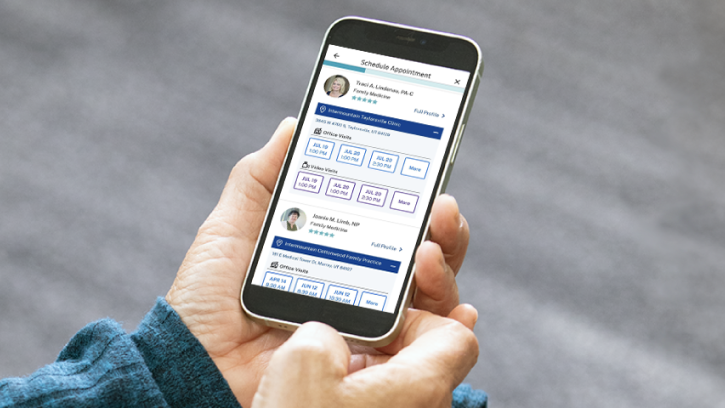Industry
Hospitals and healthcare systems
Understand and empathize with consumers and patients to improve healthcare experiences and drive loyalty

See UserTesting in action
Pulse Reports
Pulse Report: Healthcare, Q1 2025
Get the latest Healthcare Pulse Report and uncover the drivers behind patient trust and how innovative healthcare teams can set themselves apart in an increasingly competitive market in UserTesting's quarterly report.

Innovate and grow by putting patients at the center of decisions
Adapt and differentiate with UserTesting
How healthcare systems leverage UserTesting
Adapt rapidly to meet changing consumer needs with fast feedback
Improve adoption of digital tools by connecting with patients
Get employee feedback to understand their challenges and better meet their needs
Capture competitive intelligence to inform a differentiated digital strategy and vision
Conduct live interviews with patients remotely to understand attitudes and behaviors

Deliver empathetic, personalized patient experiences with UserTesting
Check out test templates created by experts
Get started quickly with UserTesting templates to validate concepts, discover needs, and hear your patients’ thoughts on your experiences and services.
Get candid feedback or validation to help evaluate a new concept or idea.
Improve the design and development of your health and wellness experiences while safely managing sensitive data.
Identify opportunities to improve customer experiences or activities.












